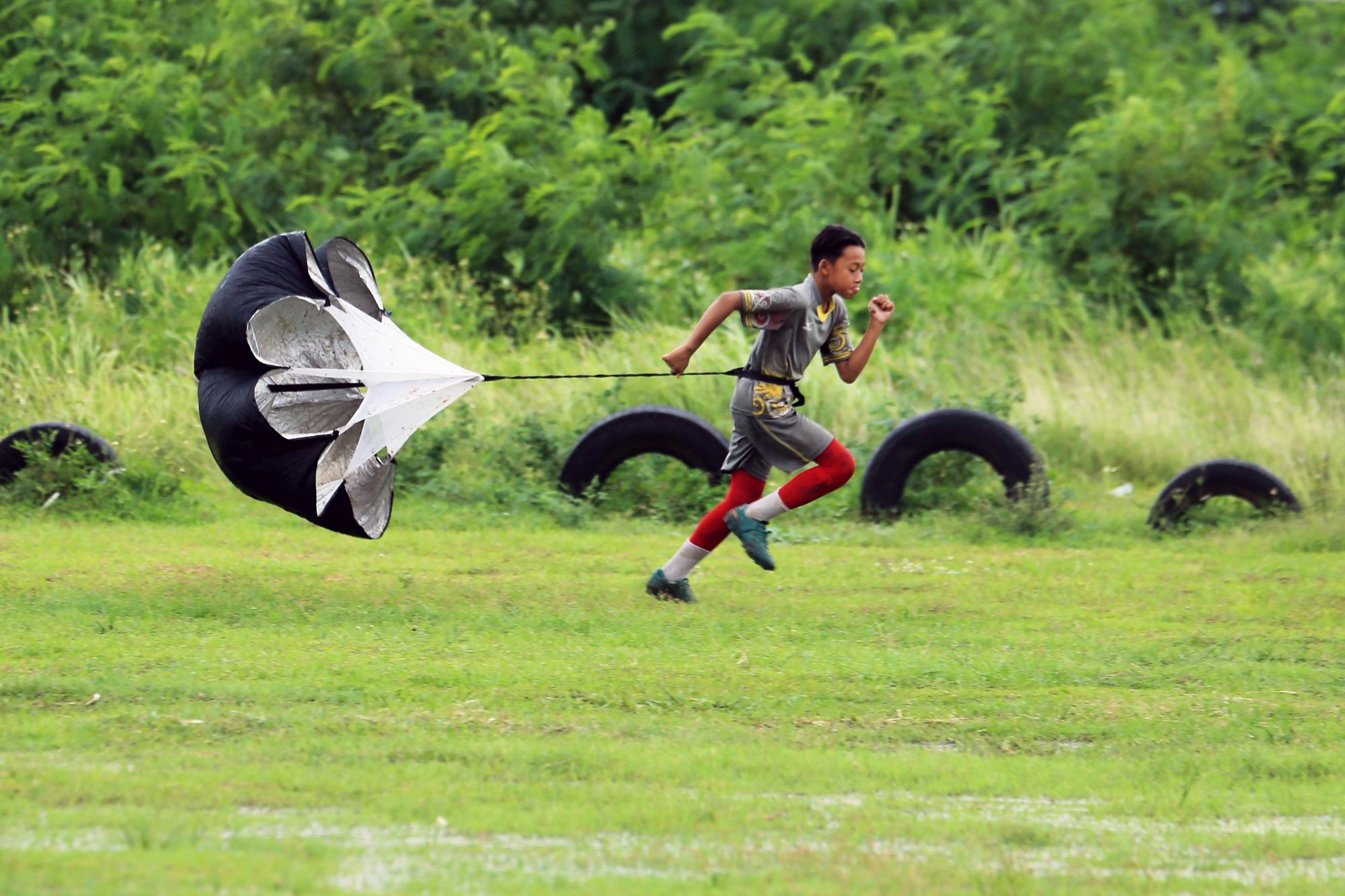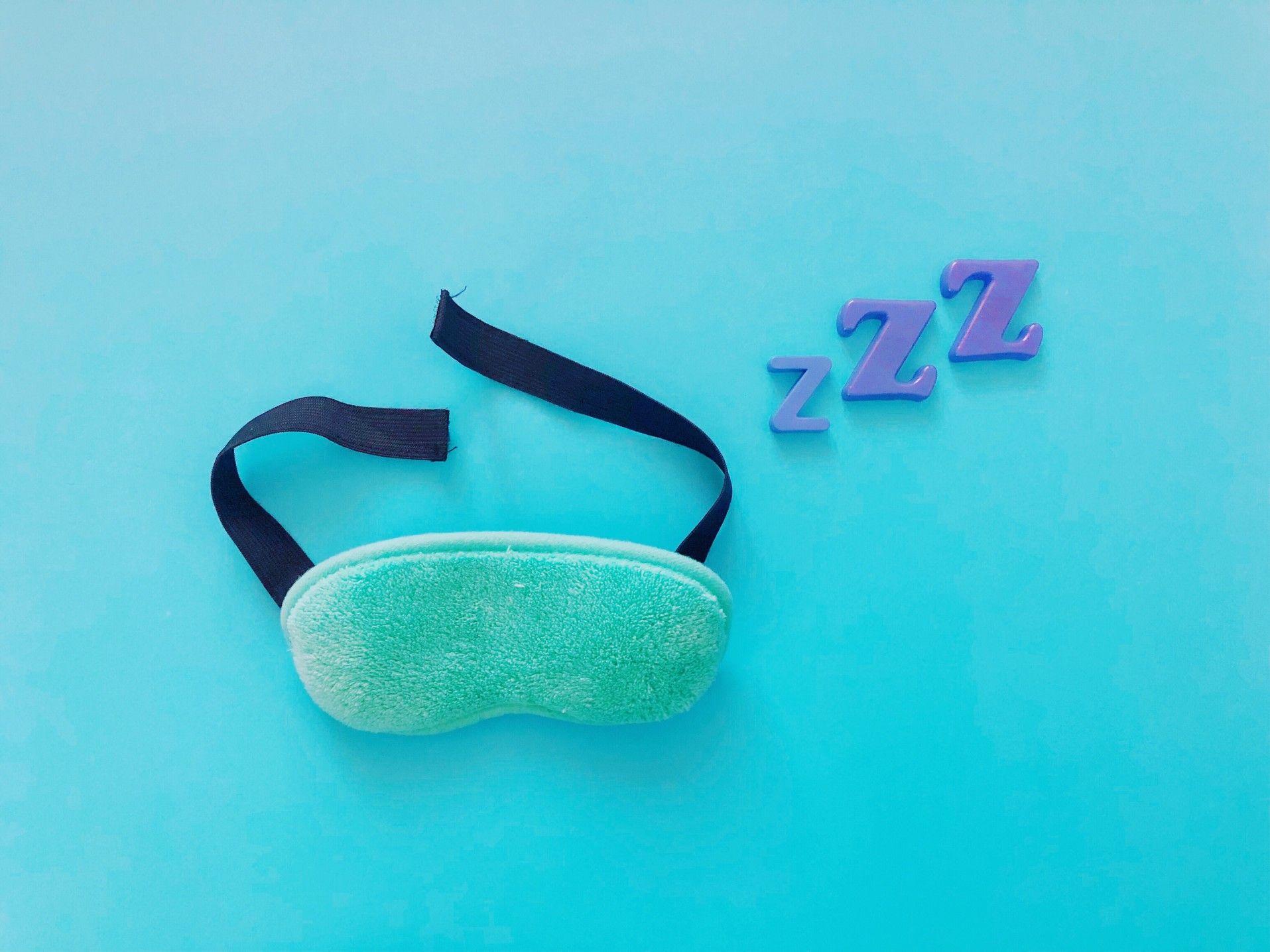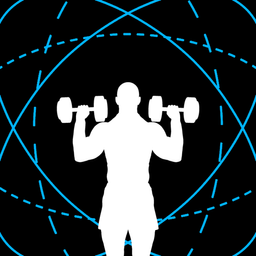How To Prevent Excessive Fatigue After Training
Fatigue after training: too much is not good, but neither is too little. So, how do you straddle the thin line and achieve optimal muscle growth?

A common “side effect” of being dialed into your training plan and consistently giving your 100% (maybe, sometimes 200%) for every session is fatigue.
No matter how hard you try to double down, there will always be those couple of workouts where you feel weak, unfocused, and meh all around. It’s like playing a sick game of “two steps forward and one step back”.
Counterproductive.
So, the question is … can you prevent excessive fatigue after training without “slacking off” on your training plan and, as a result, hurting your gains?
The answer is yes.
What causes fatigue after training?
But first, let’s understand fatigue after training.
Or, more specifically, we’re talking about weight-training fatigue. So, during a bout of resistance training, several things could occur:
Post-workout, your body must “expend resources” to get back to “normal” or homeostasis. This requires energy that your body would have “freely available” otherwise — explaining fatigue after training.
Managing fatigue after training
Let’s be clear.
Too little fatigue after training is not good. It’s highly suggestive of a lack of progressive overload, which, as we all know, is necessary for continued muscle growth.
On the other hand, too much fatigue is also not good.
So, how do you achieve a “Goldilocks situation”?
Where the fatigue after training is not too hot much, not too cold little, but just nice? Here are 4 tips.
#1: Don’t go to failure on all sets
If you’re an experienced lifter, you don’t have to go balls out on every set to see optimal muscle growth.
Training a few reps shy of failure (1-2 RIR) is just as good as training to failure for hypertrophy.
Read more here:

Make use of that because there’s an overwhelming amount of evidence showing that training to failure leads to more acute fatigue and takes longer to recover from than non-failure training.
Disclaimer: this isn’t to say that you should take all sets to 1-2 RIR.
A more sensible approach would perhaps be to take most of your sets to 1-5 RIR and a select few (e.g., the last set of an exercise) to failure.
Those selective failure sets could help:
OK, but what if you’re a beginner lifter? Research suggests you’re bad at estimating RIR, so maybe you’d want to take more (🚨 but still NOT all!) sets to failure to improve your accuracy.
Also, check out this article to learn what truly matters for progress in the gym:

#2: Learn how to reallocate training volume
Want to bring up a particular muscle? E.g., want a massive chest?
Here’s a secret to managing fatigue after training: you don’t have to increase training volume for your chest while maintaining that of other muscle groups.
Instead, research shows that it only takes about a third of your training volume to MAINTAIN your existing muscle.
Meaning? If you want, you could cut the training volume of your other muscle groups by two-thirds. This would help you focus all your efforts on growing your chest without overtaxing your body.
To illustrate how this would work, imagine that you’re running a push-pull-legs workout split where your weekly volume is somewhat equalized across the following muscle groups:
- Chest: 12 sets
- Triceps: 6 sets
- Back: 12 sets
- Biceps: 6 sets
- Legs: 12 sets
- Shoulders: 6 sets
Total sets: 54 sets
Here’s how you could “redistribute” the weekly sets to better manage fatigue after training:
- Chest: 20 sets (+ 8 sets)
- Triceps: 2 sets (- 4 sets or by two-thirds)
- Back: 12 sets
- Biceps: 2 sets (- 4 sets or by two-thirds)
- Legs: 12 sets
- Shoulders: 6 sets
Total sets: 54 sets
Of course, how you choose to do it depends on your aesthetic and/or fitness goals.
#3: Know when to take a step back
Feeling a little under the weather? Not quite mentally zoned in on that day?
Still, show up at the gym — this prevents you from “skiving off” — but just make it a light day. For example, do 2 sets instead of 4 sets. Or, if you can’t find it in you to pick up those weights, why not get some cardio in on the treadmill, elliptical, or assault bike?
You never know: getting your heart pumping (harder) might help you find the motivation you were lacking.
#4: Focus on sleep
Sleep is by far the best recovery method.
Research suggests that people who get at least 7 hours of sleep recover their muscle strength faster than those getting less than 6 hours.
So, to better manage your fatigue after training, prioritize your sleep.
Ah … but what if you struggle with sleep?
If so, this new piece of research published in the Journal of Applied Physiology will help you. The researchers found that chilling your body before and during sleep can help you fall asleep more quickly and enjoy higher-quality rest throughout the night.
How do you chill your body?
You could invest in a cool mattress. A more budget-friendly method is to take a cool shower before bed and keep your thermostat set between 15.6°C and 20°C.
FYI, check out this article for more sleep tips:

How else to manage fatigue after training
Do you know what else matters (a whole lot) for managing fatigue after training?
It’s the quality and structure of your training plan, plus nutritional habits. Get both right with GymStreak, an AI-powered workout planner with nutrition tracking.
We’ll let the video do the talking:
References
“Best Temperature for Sleep.” Sleep Foundation, 29 Oct. 2020, https://www.sleepfoundation.org/bedroom-environment/best-temperature-for-sleep.
Bickel, C. Scott, et al. “Exercise Dosing to Retain Resistance Training Adaptations in Young and Older Adults.” Medicine and Science in Sports and Exercise, vol. 43, no. 7, July 2011, pp. 1177–87. PubMed, https://doi.org/10.1249/MSS.0b013e318207c15d.
Bigalke, Jeremy A., et al. “Core Body Temperature Changes before Sleep Are Associated with Nocturnal Heart Rate Variability.” Journal of Applied Physiology, vol. 135, no. 1, July 2023, pp. 136–45. journals.physiology.org (Atypon), https://doi.org/10.1152/japplphysiol.00020.2023.
Charest, Jonathan, and Michael A. Grandner. “Sleep and Athletic Performance: Impacts on Physical Performance, Mental Performance, Injury Risk and Recovery, and Mental Health.” Sleep Medicine Clinics, vol. 15, no. 1, Mar. 2020, pp. 41–57. PubMed Central, https://doi.org/10.1016/j.jsmc.2019.11.005.
Moyen, Nicole E., et al. “Sleeping for One Week on a Temperature-Controlled Mattress Cover Improves Sleep and Cardiovascular Recovery.” Bioengineering, vol. 11, no. 4, 4, Apr. 2024, p. 352. www.mdpi.com, https://doi.org/10.3390/bioengineering11040352.
Refalo, Martin C., et al. “Influence of Resistance Training Proximity-to-Failure, Determined by Repetitions-in-Reserve, on Neuromuscular Fatigue in Resistance-Trained Males and Females.” Sports Medicine - Open, vol. 9, Dec. 2023. www.ncbi.nlm.nih.gov, https://doi.org/10.1186/s40798-023-00554-y.
Steele, James, et al. “Ability to Predict Repetitions to Momentary Failure Is Not Perfectly Accurate, Though Improves with Resistance Training Experience.” PeerJ, vol. 5, 2017. www.ncbi.nlm.nih.gov, https://doi.org/10.7717/peerj.4105.
Zając, Adam, et al. “Central and Peripheral Fatigue During Resistance Exercise – A Critical Review.” Journal of Human Kinetics, vol. 49, Dec. 2015, pp. 159–69. PubMed Central, https://doi.org/10.1515/hukin-2015-0118.


